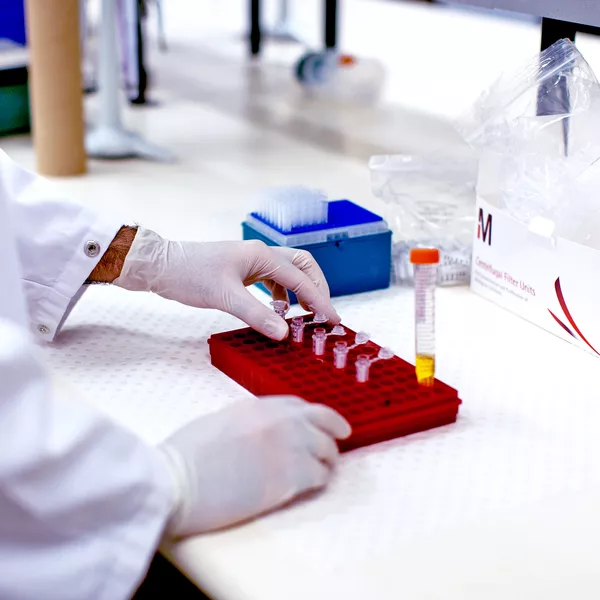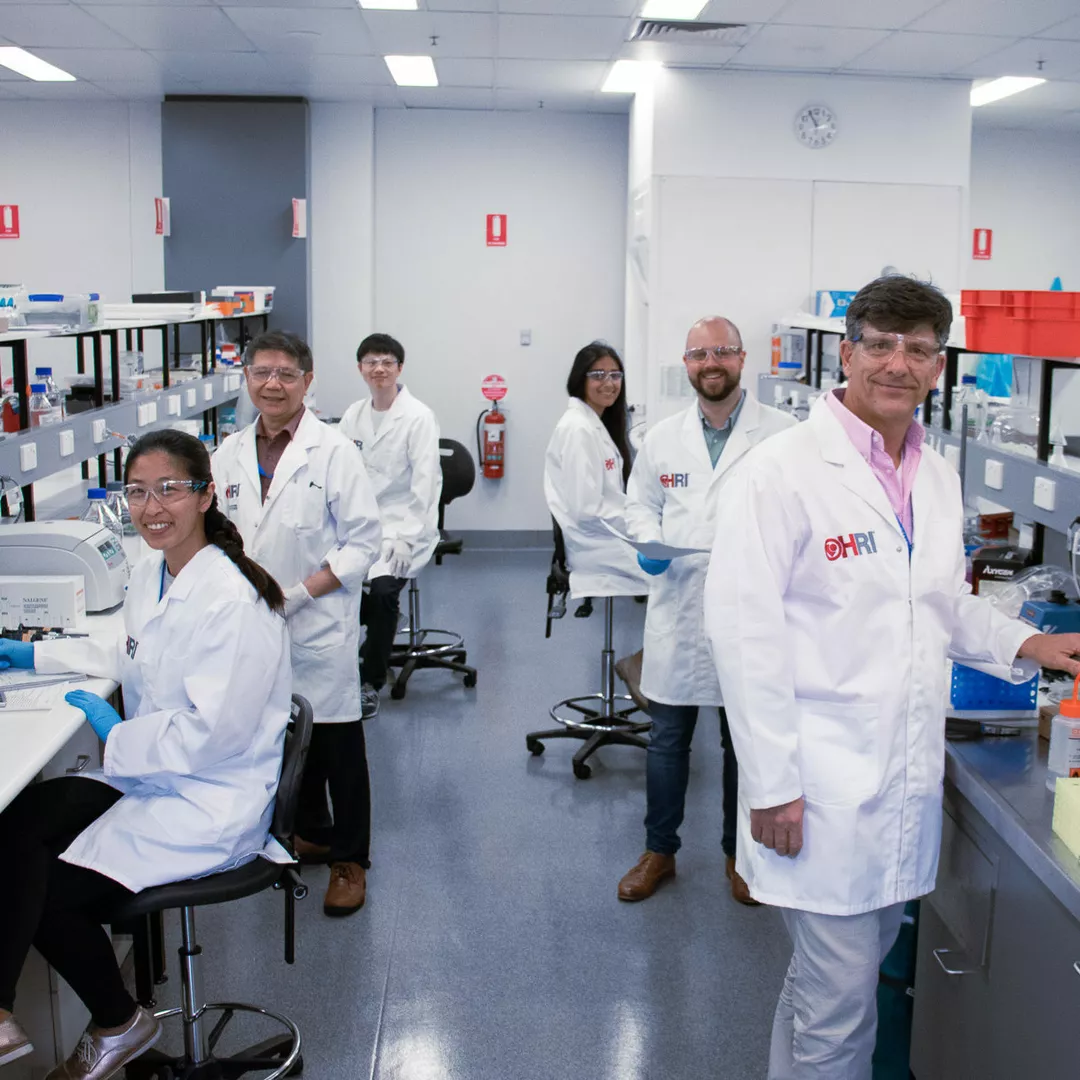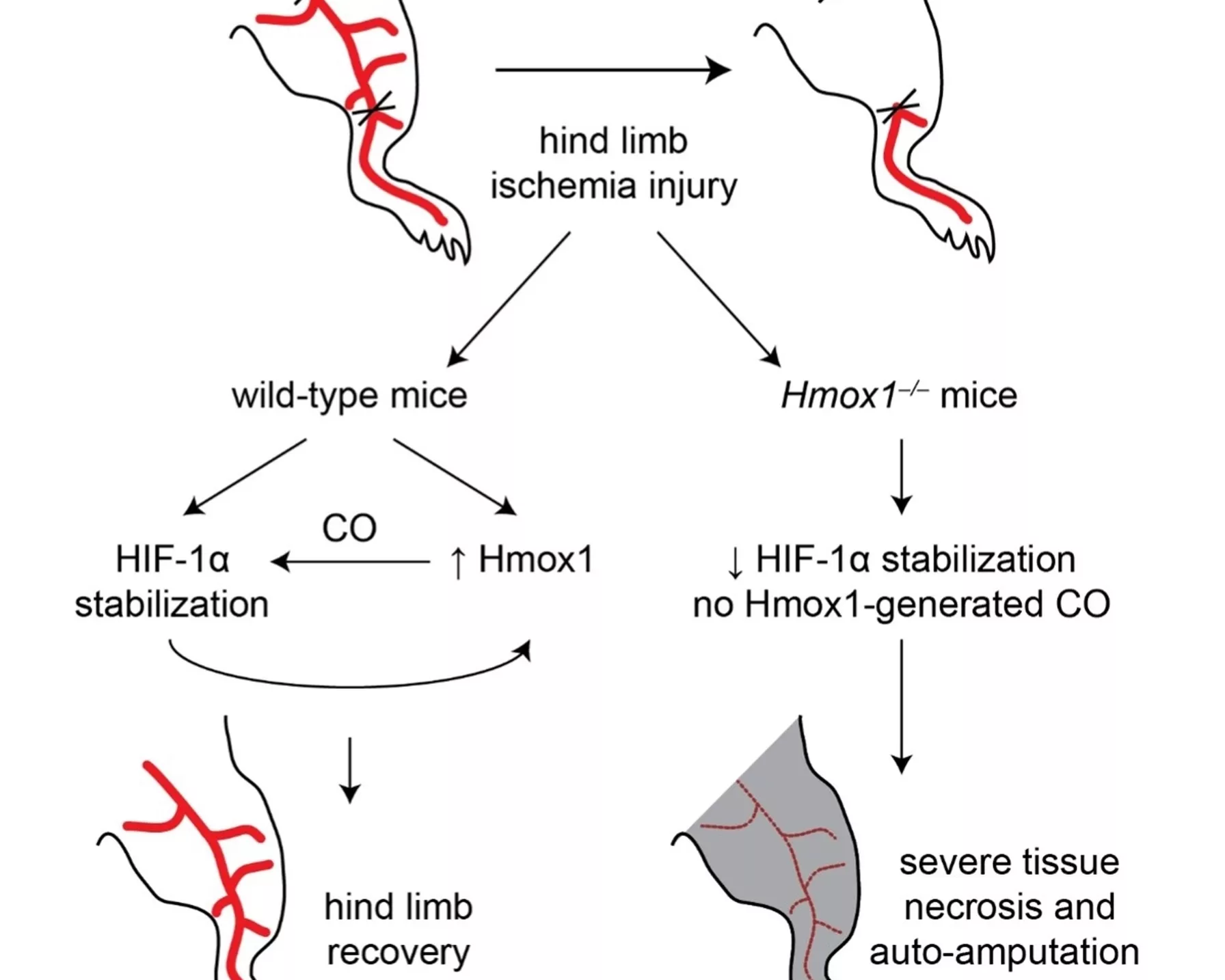
HRI’s Arterial Inflammation and Redox Biology Group has made an important discovery in preventing peripheral artery disease (PAD).
PAD is a type of cardiovascular disease which can lead to the narrowing of arteries, resulting in reduced blood flow and oxygen (ischaemia) to a body part outside of the heart or brain. Typically, it affects the lower limbs and can lead to the amputation of toes, feet or even legs.
The stats are staggering. Almost one in every five Australians has PAD, meaning a limb is amputated every two to three hours.
Despite improvements in managing risk factors for other cardiovascular diseases, the risk of amputation due to ischaemia has not substantially improved. Moreover, patients who have lower limb amputations have higher mortality rates.
The project is the fruit of a decade of collaborative research by HRI alumnus Dr Louise Dunn, from project inception at HRI, through to her time with Professor Stocker at The Victor Chang Cardiac Research Institute, coming full circle to this publication with co-authors Drs Stephanie Kong, Sergey Tumanov, Weiyu Chen and Anita Ayer and Professor Roland Stocker, now at HRI.
The study seeks to understand the mechanism by which the enzyme heme oxygenase-1 (Hmox1), which naturally occurs in the body, could protect lower limbs from ischaemia-induced amputation.
It is known that Hmox1 is induced to protect cells against ischaemia by hypoxia-inducible factor 1-alpha (HIF1a), a master coordinator that helps the body appropriately respond and adapt to low oxygen levels, such as when a blood vessel becomes blocked. HIF1a was thought to do this in part by encouraging growth of new blood vessels.
However, the study discovered that carbon monoxide derived from Hmox1 enzymatic activity can work upstream to stabilise HIF1a and amplify its adaptive response to ischaemia by favourably changing cellular metabolism to prevent ischaemia-induced amputation. These benefits were independent of any changes in growth of new blood vessels.
The research, which used pre-clinical models of Hmox1 gene deficiency in combination with cellular, molecular and metabolomic approaches, pulling on a vast array of research skills from across the team, has unveiled a better understanding of how Hmox1 enzymatic activity interplays with HIF1a to protect against lower limb amputations arising from blockage of blood vessels.
With occurrence of PAD estimated to rise due to an ageing population and increase in metabolic diseases, these findings are significant. They potentially enable existing therapies that stimulate Hmox1 or release of its enzymatic product, carbon monoxide, to ultimately be repurposed for use in PAD.
“Understanding the mechanisms that lead to ischaemic injury will enable us to develop new preventative therapies and protect thousands of people from limb amputation,” says Professor Stocker.
Header image: Arterial Inflammation and Redox Biology Group
Related research areas



